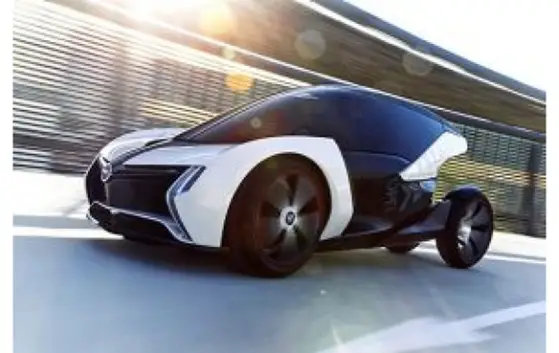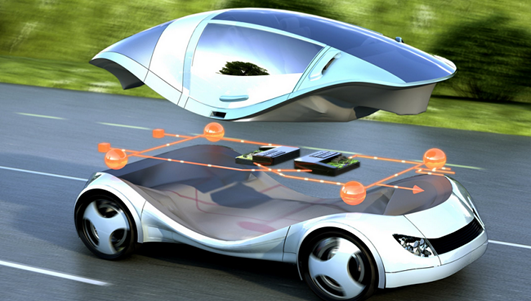The ultimate revolution in the transportation sector is brought about by technology. The phase will be fascinating for the transportation sector. New technologies for future transportation are entering the transportation sector daily as the sun rises. All sectors of the economy, including transportation, are experiencing an acceleration in technological development.
1. Delivery Drones
In October, the first UPS drone made a prescription medication delivery to a home in the United States after receiving the necessary approvals from the Federal Aviation Administration. Given that there are now fewer restrictions on delivery drones than ever before, it is likely that the FAA is warming to the idea of extensive commercial delivery.

2. Maglev Trains
These high-speed trains travel at high speeds. Produces less noise and vibration than conventional trains. Thanks to magnetic levitation created by solid electromagnets. Due to the reduced vibration and friction, they are also less likely to experience mechanical or weather-related delays. Maglev trains are better for the environment because they don’t use fossil fuels.

3. Driverless Cars
Despite some consumer reluctance, the future of driverless cars, which are currently in testing, seems inevitable. The opposition stems from concerns about safety and laws. Although Tesla has stated that “crash-like events” are still significantly more likely with the autopilot disengaged, the autopilot system is already operational. It has been involved in several reported accidents.

4. Flying Taxis
At least 20 companies are already working on prototypes of this aerial transportation system. In small planes, the flying taxis would transport passengers above urban areas. It is hoped that these flying taxis will offer comfortable, affordable rides that don’t bother people on the ground below, such as the $70 trip from Manhattan to Kennedy International Airport.

5. Hyperloop
Elon Musk also devised the hyperloop, a tube-based mode of transportation for moving cargo or passengers through pressurized rails. At 600 mph or more, the hyperloop would travel quickly. We may see passenger service hyperloops as early as 2021, thanks to the efforts of numerous companies to make this vision a reality.

6. Underground Roads
With his concept of underground roadways, Elon Musk is rethinking conventional road design. By creating 3D roads, this futuristic vision hopes to address urban infrastructure problems. Musk thinks moving cars underground will reduce traffic and speed transportation because doing so is more weather-resistant than forcing them into the air.

7. Lightweight Vehicles
Automakers are putting in a lot of effort to produce effective vehicles that deliver high performance. According to studies, a 10% weight reduction will increase fuel efficiency by at least 6%. The best way to prepare the material lighter is to use other metals, such as magnesium-aluminum alloy and carbon fiber construction, instead of iron and steel.

8. Bicycle Sharing System
Bicycles can be used as an alternative by users who want to avoid passing through the major transportation hubs. A user of the bicycle sharing system can rent a bicycle at the beginning of their journey and drop it off at their destination. Businesses can now use electric bicycles for various deliveries, making it easier to handle other services economically.

9. Convertible Cab Cum Loads
Future carpooling would have the flexibility to take on various shapes. It would improve not only their adaptability but also their fundamental level of functionality. The E-Pallet is a Toyota concept car that technology can transform from a regular taxi into a store selling a variety of goods or into a delivery van.

10. Multi-Directional Elevators
Thyssen Krupp, a German elevator manufacturer, is creating the first sideways, ropeless elevator system in history. The new system uses multiple cars that move along an electromagnetic track instead of the classic car that travels up and down a vertical shaft. The cabins move vertically up one shaft, then horizontally down another post, creating a continuous loop following the principles of maglev.



















